For the past decade Elizabeth Kelly has been focussing her studio work on cast glass.
Just as large and intricate buildings are constructed from the humble terracotta brick, Kelly puts her glass ‘bricks’ to work in the tower structures for which she has been so rightly acclaimed. Kelly’s research into the architectural history of glass bricks formed the basis for her Winston Churchill Memorial Foundation Fellowship in 2010. Towers were prominent in her solo exhibition at the National Glass Art Gallery, Wagga Wagga, where one is now permanently in the council foyer; another stands in the Lommel City Hall in Belgium where she was recently artist-in-residence.
Other towers have been accepted for highly competitive prizes such as the City of Hobart Art Prize, where Steel and Marmalade (2012) was first shown. This work reveals not only Kelly’s ongoing interest in architectural scale, but a growing interest in mathematics. Geometry lies at the heart of architectural engineering, as it does in the natural world. The form of Steel and Marmalade refers to the helical form of viruses – not only a way to visualize this property shared by all living things, but the sequencing on which organic chemistry is founded.
In further demonstration of Kelly’s ability for productive tangential thought, her recent human-scale works such as Red Whorl are built on the spiralling accumulation of elements suggestive of abiogenetic life, a theory that examines how the natural process of life arises from non-living matter, such as simple organic compounds. In this body of work she brings into her design process the concept of chirality, or the asymmetry of chemical structures in the triggering of growth sequences. With the inevitability of natural law, her forms echo the 240 million year-old marine invertebrates, the ammonites, of such geometric purity they have been nicknamed the ‘Fibonacci fossils’.
Another preoccupation for Kelly is colour. The chemistry of colouring glass is one of her unique strengths. She has mixed most of the batch colours you see in her work, adding rare earth and metal oxides to the clear glass cullet in the crucible to create the beautiful range of colours that emerge from her furnace. It is colour too that can be used to describe not only our world, but our universe. The elements of the universe – forged in the furnaces of stars – all emit a certain colour, allowing us to, as particle physicist Professor Brian Cox writes “work out exactly what elements are present in the Sun …and any of the stars you can see in the sky, and you can measure exactly what they’re made of.” [http://www.althinking.com/2011/03/19/professor‐brian‐cox‐wonders‐of‐the‐universe‐stardust/4/]
Glass is a seductive medium. The scale of Kelly’s ‘ammonite’ series allows one to handle the piece, feeling the weight of the material, exploring the form and delighting in the variations of tone as one element overlaps another. - Merryn Gates 2016
We are stardust
We are billion year old carbon
We are golden
Woodstock,
Joni Mitchell, 1970
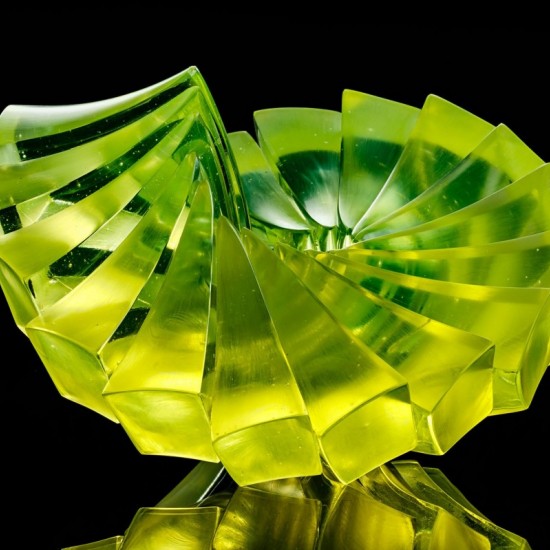
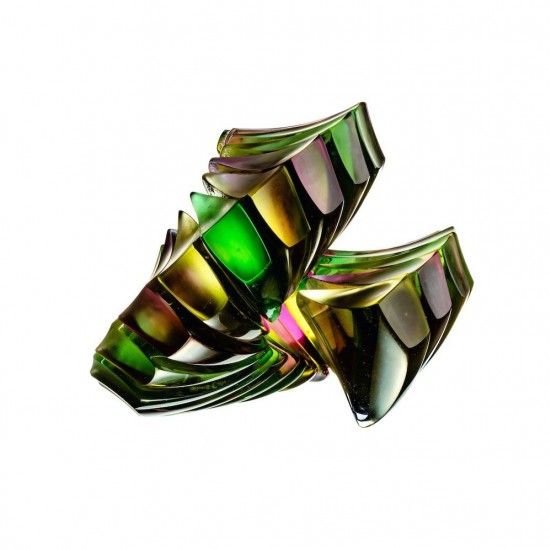

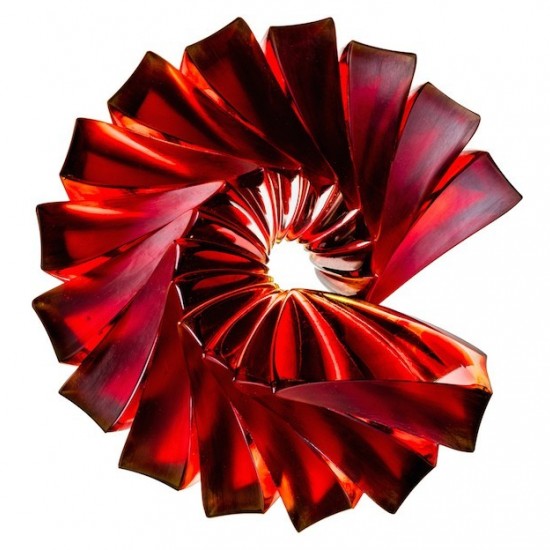
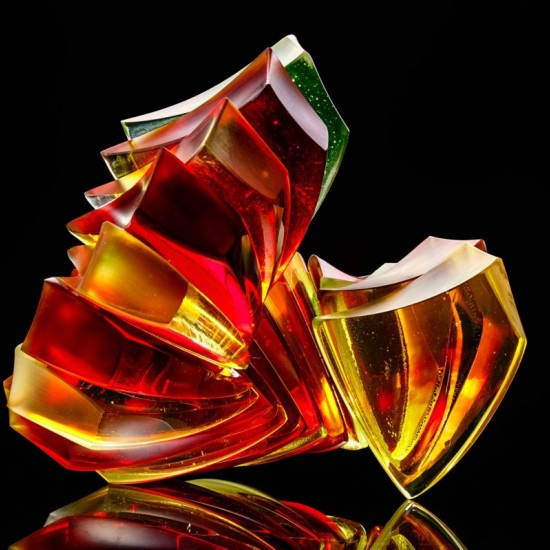
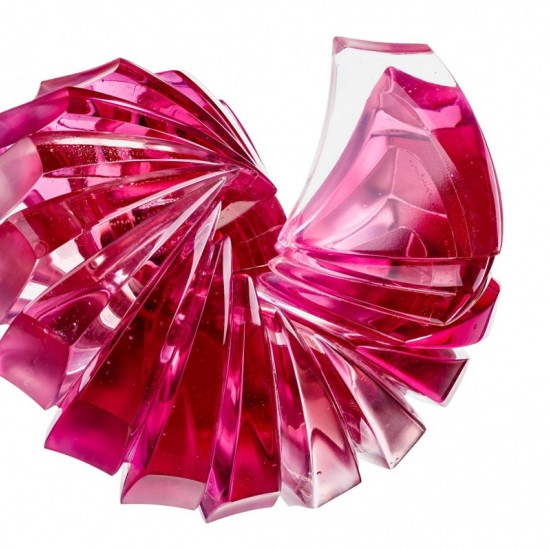
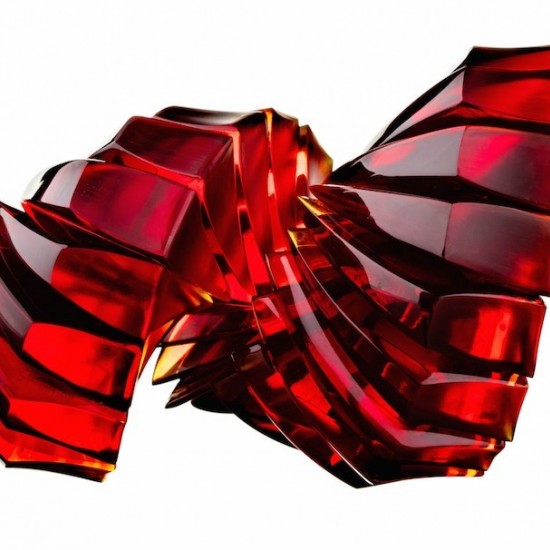
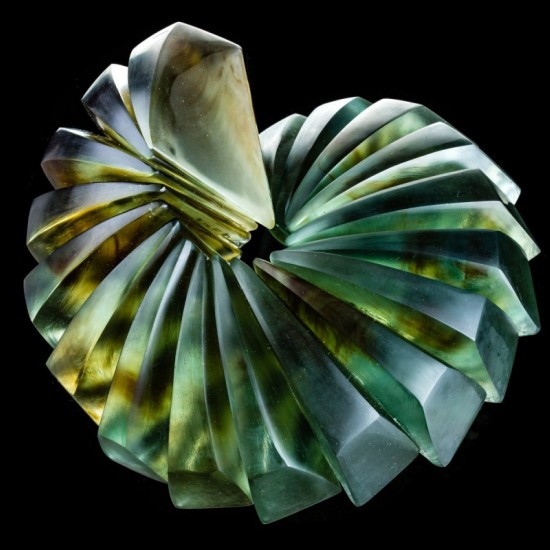
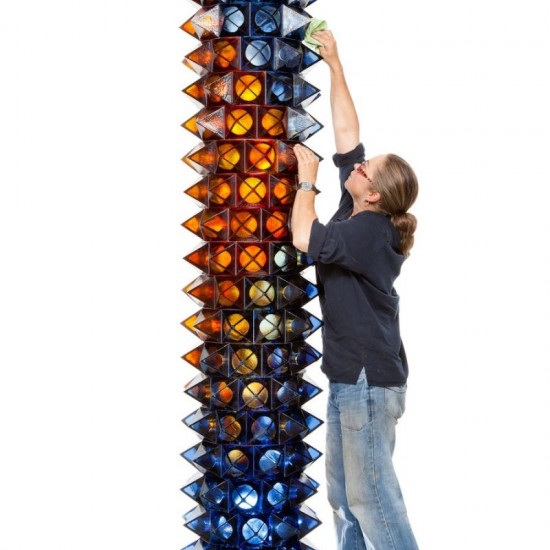
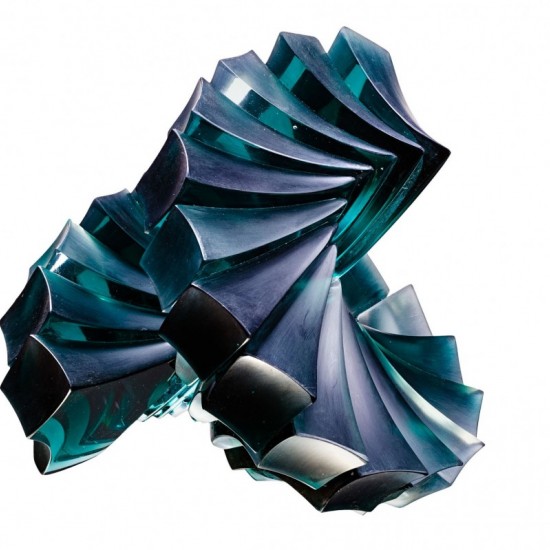
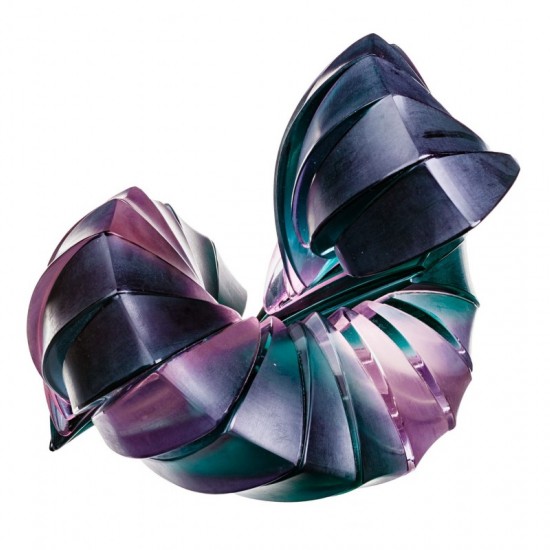
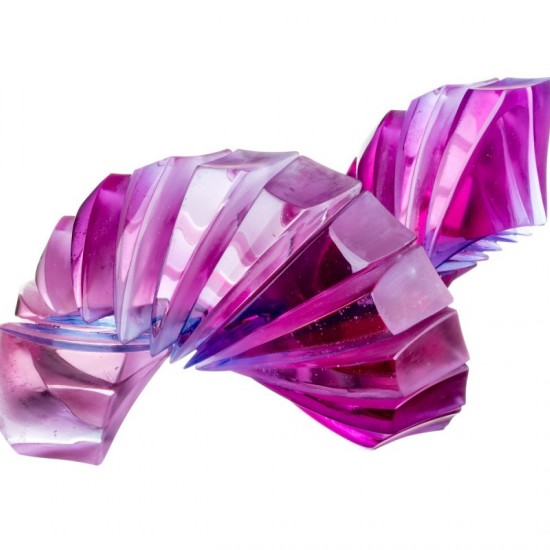
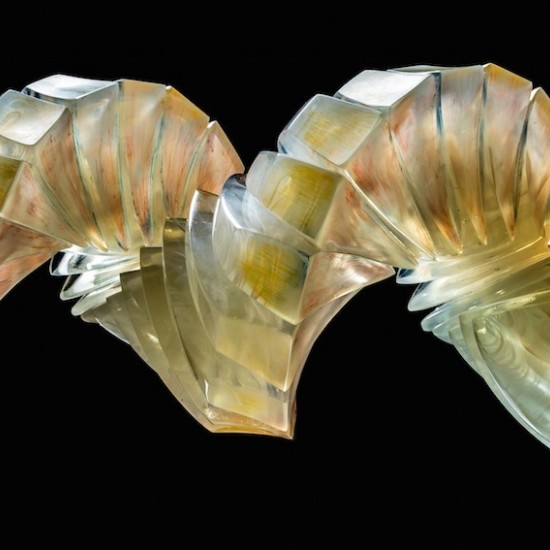













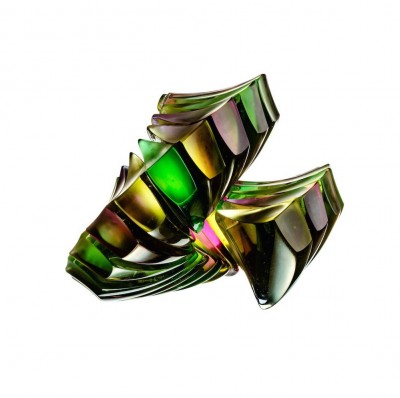

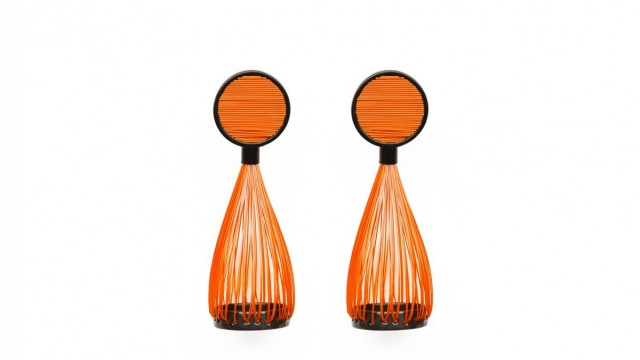
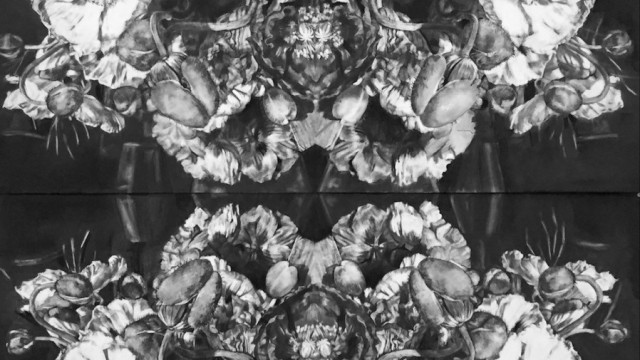
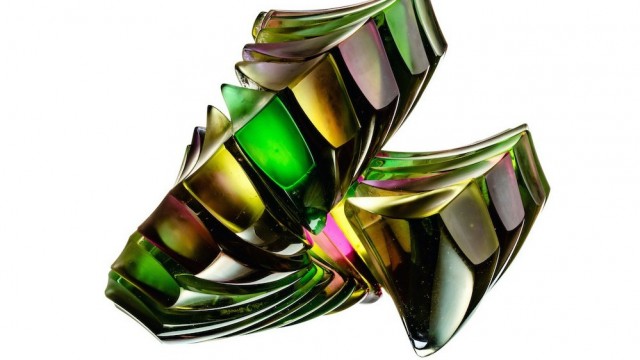
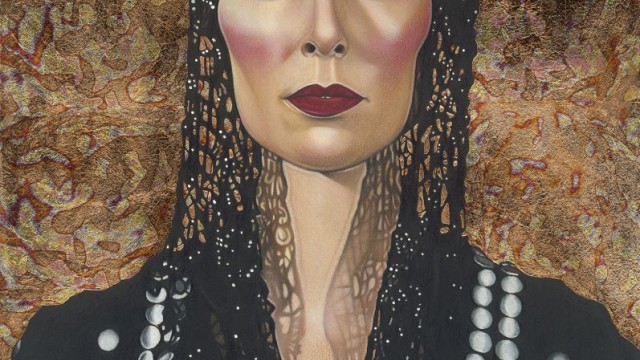
Group Exhibition
Art in Isolation
July 6-August 6, 2020